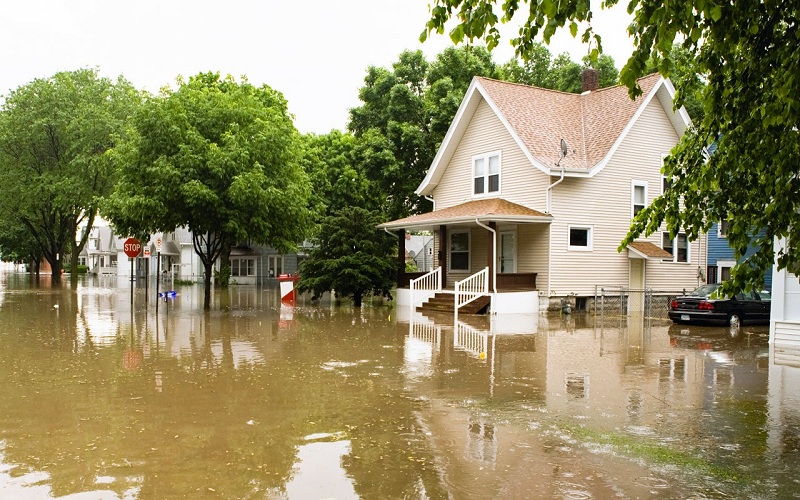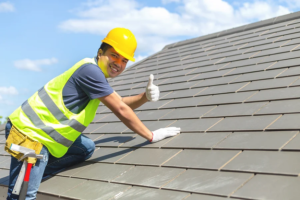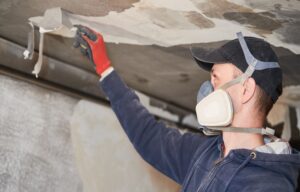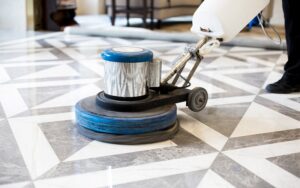Rising Above Disaster: Exploring Water Restoration Solutions For Your Home

Have you ever wondered how homeowners can effectively restore their homes after a water disaster? It’s a common theory that water damage can be a nightmare to deal with, but what if there are solutions that can help you rise above the devastation?
In this discussion, we will explore various water restoration techniques that can help you assess the damage, extract water effectively, prevent mold growth, and restore and repair your home.
So, if you’re looking for practical solutions to overcome water damage, keep reading to discover how you can turn your home back into a safe and comfortable space once again.
Assessing the Water Damage
To properly address the water damage in your home, it’s crucial to assess the extent and severity of the problem. A thorough water damage assessment is essential in determining the appropriate steps for restoration. Whether the damage is caused by a burst pipe, a leaky roof, or a flood, it’s important to call in professional restoration services to accurately evaluate the situation.
During a water damage assessment, professionals will inspect the affected areas to determine the extent of the damage. They’ll look for visible signs such as water stains, mold growth, and structural weakness. In addition, they may use specialized equipment like moisture meters and thermal imaging cameras to identify hidden moisture pockets and potential areas of concern.
The severity of the water damage will also be assessed during this process. Professionals will categorize the damage based on industry standards, such as the Institute of Inspection, Cleaning, and Restoration Certification (IICRC) guidelines. Categorization helps determine the appropriate restoration procedures and the level of potential health risks.
By assessing the water damage promptly and accurately, professionals can create a detailed plan of action tailored to your specific situation. This plan may include water extraction, drying, dehumidification, mold remediation, and structural repairs. Professional restoration services have the expertise, experience, and equipment to handle the entire restoration process efficiently and effectively.
It is important to remember that water damage can worsen over time if not properly addressed. Delaying the assessment and restoration process can lead to further damage, mold growth, and potential health hazards. By contacting professional restoration services and allowing them to assess the water damage, you’re taking the necessary steps to protect your home and ensure a successful restoration process.
Effective Water Extraction Methods
Effective water extraction methods are essential for removing excess water from your home and preventing further damage. When it comes to water damage prevention, utilizing advanced extraction techniques is crucial. Here are three effective methods to consider:
- Submersible pumps: These powerful pumps are designed to remove large amounts of water quickly. They can be submerged in the water and are equipped with a hose to drain the water out of your home. Submersible pumps are ideal for situations where there’s a significant amount of standing water, such as basement flooding.
- Wet/dry vacuums: Wet/dry vacuums are versatile tools that can extract water from various surfaces. They’ve strong suction capabilities and can handle both wet and dry materials. Wet/dry vacuums are particularly useful for removing water from carpets, upholstery, and hard floors. Remember to use the appropriate attachment for the surface you’re extracting water from.
- Dehumidifiers: While not directly involved in water extraction, dehumidifiers play a crucial role in the restoration process. After the excess water has been removed, dehumidifiers help to reduce the moisture in the air, preventing mold growth and further damage. They work by pulling in humid air, removing the moisture, and releasing dry air back into the room.
Drying and Dehumidification Techniques
Drying and dehumidification techniques are essential steps in the water restoration Oak Harbor process, ensuring the complete removal of moisture and preventing further damage to your home. Moisture control plays a crucial role in the restoration process as excess moisture can lead to mold growth and structural issues. By effectively drying and dehumidifying the affected areas, you can eliminate these risks and restore your home to its pre-damage condition.
To begin the drying process, it’s important to remove any standing water using extraction methods discussed in the previous subtopic. Once the excess water has been removed, the next step is to implement drying techniques. This involves using specialized equipment such as air movers and dehumidifiers to circulate air and effectively extract moisture from the affected materials.
Air circulation is key in the drying process as it helps to speed up evaporation and promote moisture removal. Air movers, also known as fans, are used to create airflow and direct it towards the wet surfaces. This helps to accelerate the drying process by increasing the rate of evaporation.
In addition to air movers, dehumidifiers are used to remove moisture from the air. These devices work by drawing in humid air, cooling it to condense the moisture, and then releasing dry air back into the room.
By combining the use of air movers and dehumidifiers, you can effectively control moisture levels in your home. This not only prevents further damage but also helps to create a safe and healthy living environment.
It’s essential to monitor the progress of the drying process regularly to ensure that all affected areas are thoroughly dried.
Preventing Mold Growth
Now let’s shift our focus to the crucial task of preventing mold growth after effectively drying and dehumidifying the affected areas. Mold can be a serious problem that can cause health issues and damage to your home. To prevent mold growth, it’s important to take proactive steps to prevent moisture and control humidity levels in your home.
Here are three essential strategies to help you prevent mold growth:
- Proper Ventilation: Ensure that your home has good ventilation to reduce humidity levels. Use exhaust fans in the kitchen and bathroom to remove excess moisture. Open windows and doors when weather permits to allow fresh air to circulate and prevent humidity buildup.
- Repair Leaks: Address any leaks or water damage promptly. Fixing leaks in pipes, faucets, or roofs will prevent moisture from seeping into your home and creating an ideal environment for mold growth. Regularly check for signs of water damage, such as stains on walls or ceilings, and take immediate action if any issues are detected.
- Use Dehumidifiers: In areas with high humidity levels, such as basements or bathrooms, consider using dehumidifiers. Dehumidifiers help control humidity by removing excess moisture from the air, making it less conducive for mold growth. Set the humidity level between 30-50% to maintain a healthy and mold-free environment.
Restoring and Repairing Damaged Areas
To restore and repair the damaged areas, you’ll need to assess the extent of the damage and determine the necessary steps for recovery. Start by inspecting the affected areas thoroughly. Look for signs of water damage, such as discoloration, warping, or mold growth. Take note of any structural issues, such as weakened walls or flooring.
Once you have assessed the damage, it’s time to start the restoration process. Begin by removing any remaining water or moisture from the area. Use fans, dehumidifiers, or specialized equipment to dry out the space completely. This step is crucial to prevent further damage and inhibit the growth of mold and mildew.
Next, you’ll need to replace any materials that were irreparably damaged by the water. This may include drywall, flooring, insulation, or furniture. Be sure to choose materials that are resistant to water damage and mold growth. Additionally, consider hiring professionals for this task to ensure proper installation and to minimize the risk of future problems.
In some cases, structural repairs may be necessary to restore the integrity of your home. This could involve reinforcing weakened walls, fixing foundation issues, or repairing structural beams. It’s important to address these issues promptly to prevent further damage and ensure the safety of your home.
Throughout the restoration process, it’s crucial to prioritize safety. Wear protective equipment, such as gloves and masks, when handling damaged materials or working in areas with mold growth. Additionally, consult with professionals if you’re unsure about any aspect of the restoration process.
Conclusion
In conclusion, it’s crucial to address water damage promptly and effectively to prevent further issues such as mold growth and structural damage.
By assessing the extent of the damage, using efficient water extraction methods, employing drying and dehumidification techniques, and repairing any damaged areas, you can restore your home after a disaster.
Remember, taking immediate action is key to minimizing the long-term effects of water damage and ensuring the safety and well-being of your home and family.








